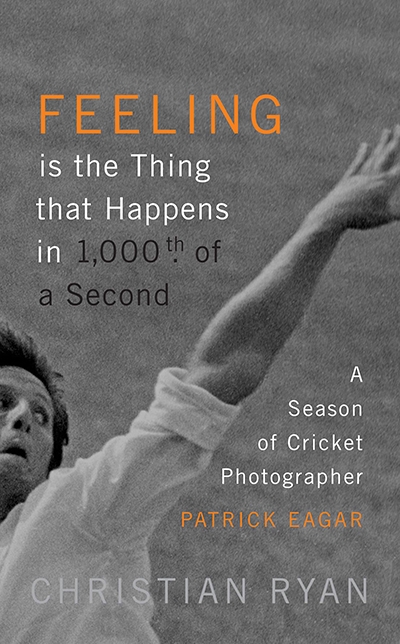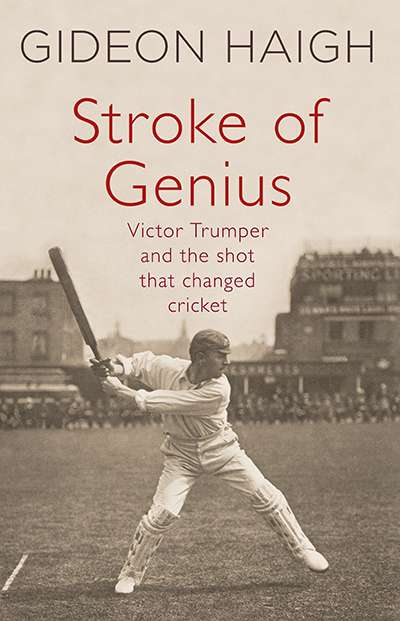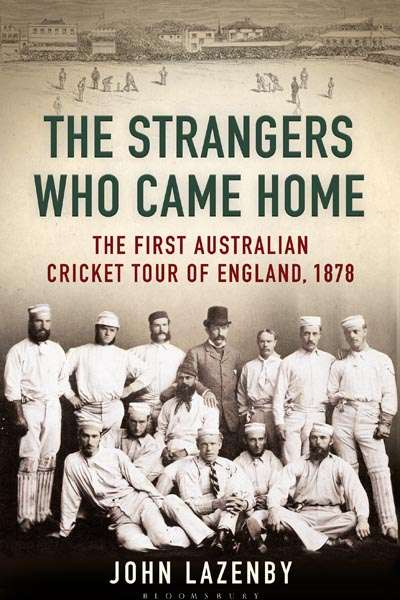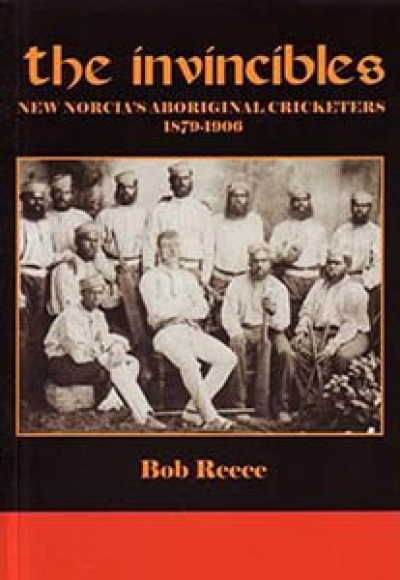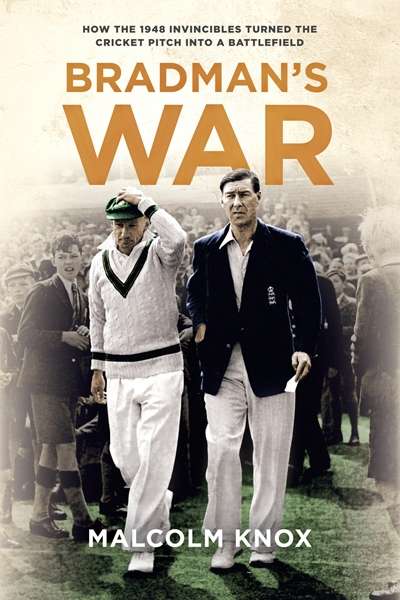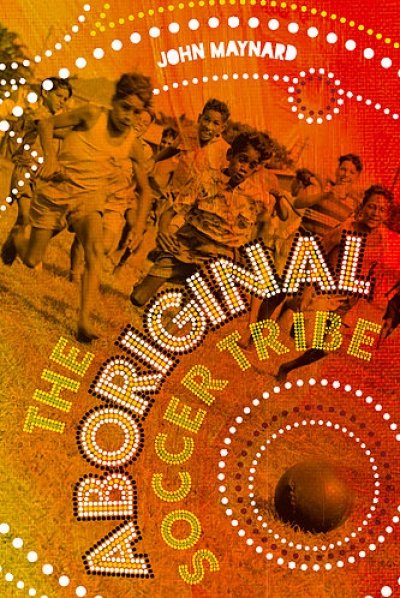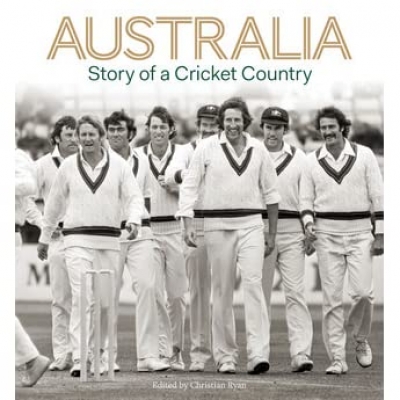Bernard Whimpress
Feeling is the Thing that Happens in 1000th of a Second by Christian Ryan & Lillee & Thommo by Ian Brayshaw
by Bernard Whimpress •
Stroke of Genius: Victor Trumper and the shot that changed cricket by Gideon Haigh
by Bernard Whimpress •
OPEN LETTER TO THE PRIME MINISTER AND MINISTER FOR IMMIGRATION AND BORDER CONTROL
Dear Prime Minister and Minister Dutton,
As writers committed to protecting and defending human rights, and as citizens of conscience, we the undersigned wish to express our deep abhorrence of the ongoing mistreatment of refugees in Australia's offshore detention centres.
A ...
The Keepers: The Players at the heart of Australian Cricket by Malcolm Knox
by Bernard Whimpress •
The Strangers Who Came Home: The First Australian Cricket Tour of England by John Lazenby
by Bernard Whimpress •
The Commonwealth Games: Extraordinary stories behind the medals by Brian Oliver
by Bernard Whimpress •
Bradman’s War: How the 1948 Invincibles Turned the Cricket Pitch into a Battlefield by Malcolm Knox
by Bernard Whimpress •
The Aboriginal Soccer Tribe: A History of Aboriginal Involvement with the World Game by John Maynard
by Bernard Whimpress •
Australia: Story of a Cricket Country edited by Christian Ryan
by Bernard Whimpress •

